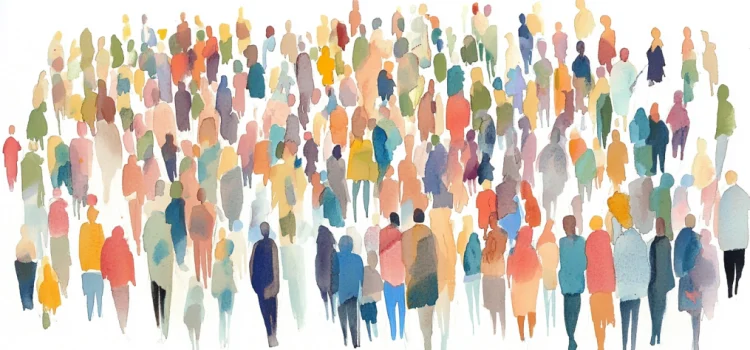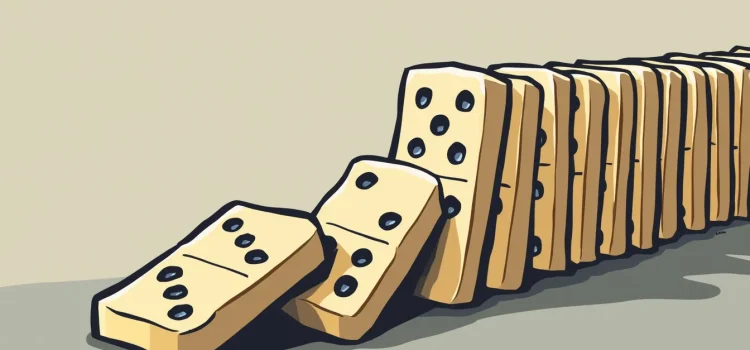How does Plato’s Republic end? How does Socrates respond to the challenge outlined in the beginning? In The Republic, Book 10, Socrates argues that the just person, embodied by the philosopher-king, leads the most fulfilling life. He also presents a mythical tale about the afterlife, where souls are judged based on their earthly deeds. Read on for an exploration of justice, pleasure, and the afterlife as we unpack Plato’s timeless wisdom.
The Republic, Book 10: Socrates Answers the Challenge










